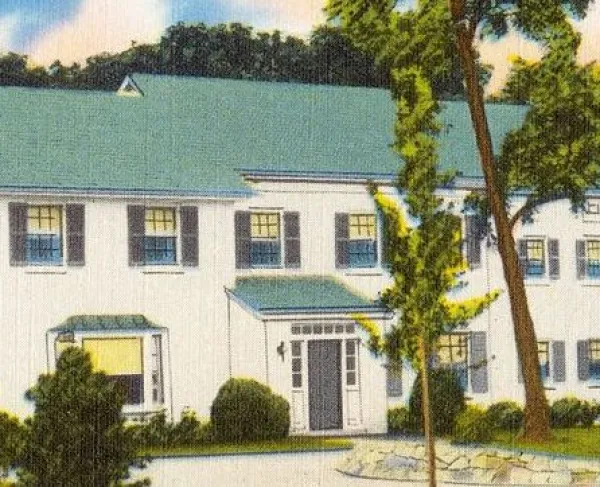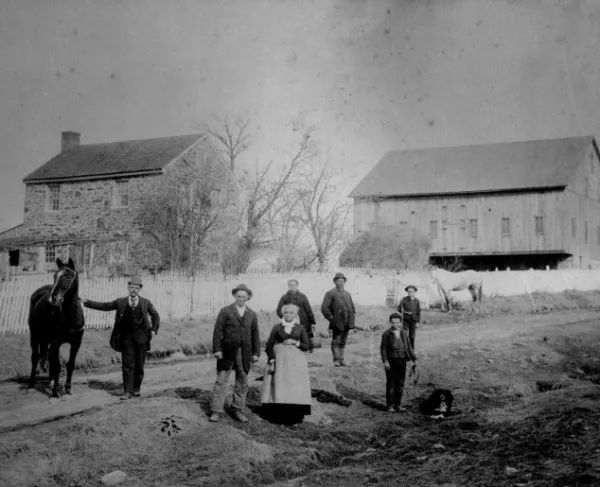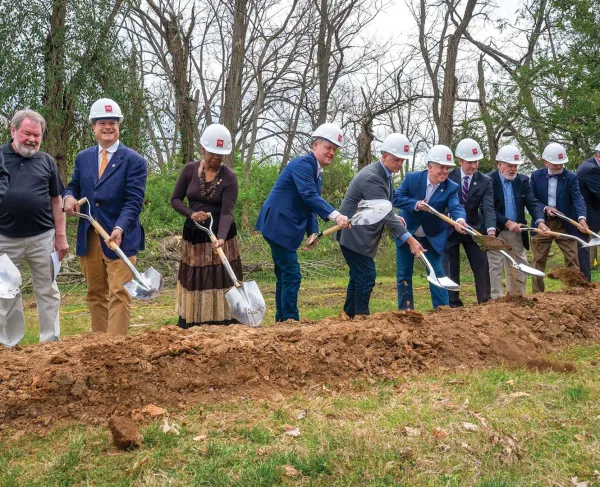Preservation of the First Day's Battlefield
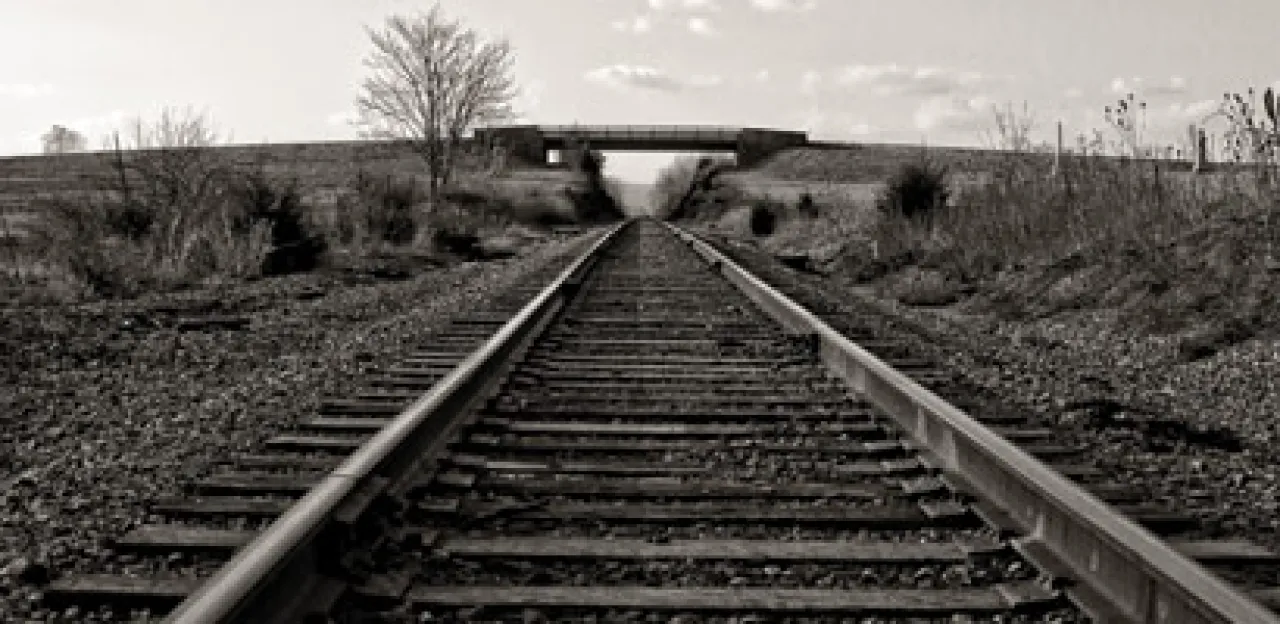
Hallowed Ground Magazine, 150th Anniversary Gettysburg

The Gettysburg Battlefield is, quite possibly, the best preserved and best memorialized Civil War site in the country, thanks to a process that began almost immediately after the guns fell silent. In July 1863, local attorney David McConaughy began to purchase parcels of land where the fighting occurred specifically for the purpose of preservation.
On April 30, 1864, the Gettysburg Battlefield Memorial Association (GBMA) was incorporated by the Pennsylvania State Legislature, and in the years that followed, money was allocated for the purchase of other significant areas of the field. Starting in 1878, interest in the battle among Union veterans grew, as reunions and monument dedications focused attention on the areas of the field still privately owned. From 1878 to 1893, the land holdings of the GBMA increased dramatically. It was during this period that the bulk of the Union regimental monuments were erected.
In 1893, an act of Congress established the Gettysburg National Military Park Commission and, in 1895, the GBMA turned over its roughly 600 acres, 320 monument and 17 miles of avenue to the federal government. At the time the national park was formed, a battle was being waged at Gettysburg between the forces of memorialization and commercialization, culminating in the controversy over the Gettysburg Electric Railway (the battlefield trolley). During this period more lands were purchased, the road system on the battlefield was much improved and further markers and tablets were placed. In 1933 the National Park Service assumed control of the Gettysburg National Military Park and continues to administer and maintain the grounds where the battle was fought to this day.
The fact remains, however, that much of preservation effort at Gettysburg, especially in the early years, focused on the second and third days’ field. There are several significant reasons for this. The battlefield was initially preserved and memorialized by the Union veterans of the battle. The South was victorious on July 1, as the federal I and XI Corps were routed and driven from the field. It is obvious that the veterans of the first day’s fight were conscious of this fact, and did their best to divert attention away from the Southern victory through interpretation, memorialization and preservation.
It was largely veterans of the Union I Corps who created the first interpretations of the first day’s fight, casting it as a planned delaying action in which they begrudgingly held their ground as long as possible so as to preserve the high ground south of town, where the army would ultimately rally. Therefore, the South did not really win the first day because the North accomplished its objective. At the same time, advocates of the Union I Corps also promoted the concept that they would have held out, if not for the cowardly conduct of the XI Corps.
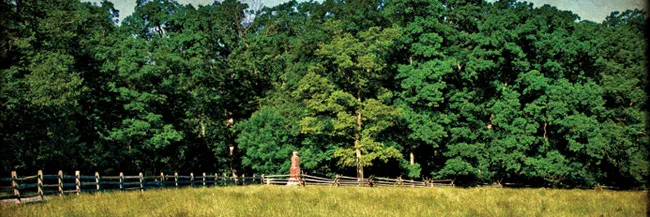
As far as memorialization is concerned, I Corps veterans emphasized the Union victory on the morning of July 1. This can be seen today in the fields west of town, with the inscriptions on the monuments and tablets, and in the placement of park roads. For instance, the regimental monuments of the Iron Brigade located on Meredith Avenue are opposite the plaque representing Confederate Brig. Gen. James Archer’s brigade, which, of course, highlights the capture of Archer and the defeat of his unit. Conversely, the War Department chose not to erect a plaque on the first day’s field for the brigade of Confederate Brig. Gen. James J. Pettigrew (a regimental monument to the 26th North Carolina Infantry was finally erected here in 1985). Such a plaque would undoubtedly have contained language suggestive of that unit’s successful action during the afternoon of July 1. The War Department did, however, erect a brigade plaque for Pettigrew’s men along Seminary Ridge, from which position they advanced in the unsuccessful charge on July 3. It should be noted that there is a second plaque for Archer’s brigade, along Seminary Ridge not far from Pettigrew’s. As far as the roads, one only has to look at a modern park map for a pattern to emerge. It is interesting that the bridge built by the GBMA over the railroad west of town passes through the site of the Union’s victorious morning action at the railroad cut, instead of passing through the low ground, or over the Seminary Ridge Railroad Cut, where Confederate victory occurred in the afternoon.
It is also obvious that Union veterans did not seek to protect the fields north and west of the town with the same enthusiasm they showed in their preservation of the hills and ridges south of it. With the exception of Reynolds’ Woods (one of the early tracts purchased by the GBMA) and a portion of the McPherson Farm, their efforts consisted largely of purchasing strips of land for the placement of roads and monuments.
Looking back today, it is obvious that there was an underlying misconception regarding the dangers which threatened the battlefield. When the Gettysburg Springs Hotel opened its doors in 1869, just west of Willoughby’s Run, many believed this was a positive forward step in the efforts to preserve that area of the field. Few could have foreseen that the Springs Hotel Company would eventually be taken over by speculators whose goal was to purchase battlefield lands and resell them at a huge profit to the federal government at the time of the formation of the Gettysburg National Military Park. The construction of West Confederate Avenue was held up for years because of a lengthy court battle over the condemnation of lands held by this company. As it turned out, the land west of Willoughby’s Run crossed by Maj. Gens. Henry Heth and William Dorsey Pender’s divisions on July 1 was never acquired by the GBMA or War Department. It fell into the hands of developers and eventually became the site of the Gettysburg Country Club. Only in 2011 was this ground been reclaimed through the efforts of preservationists and integrated into the national park.
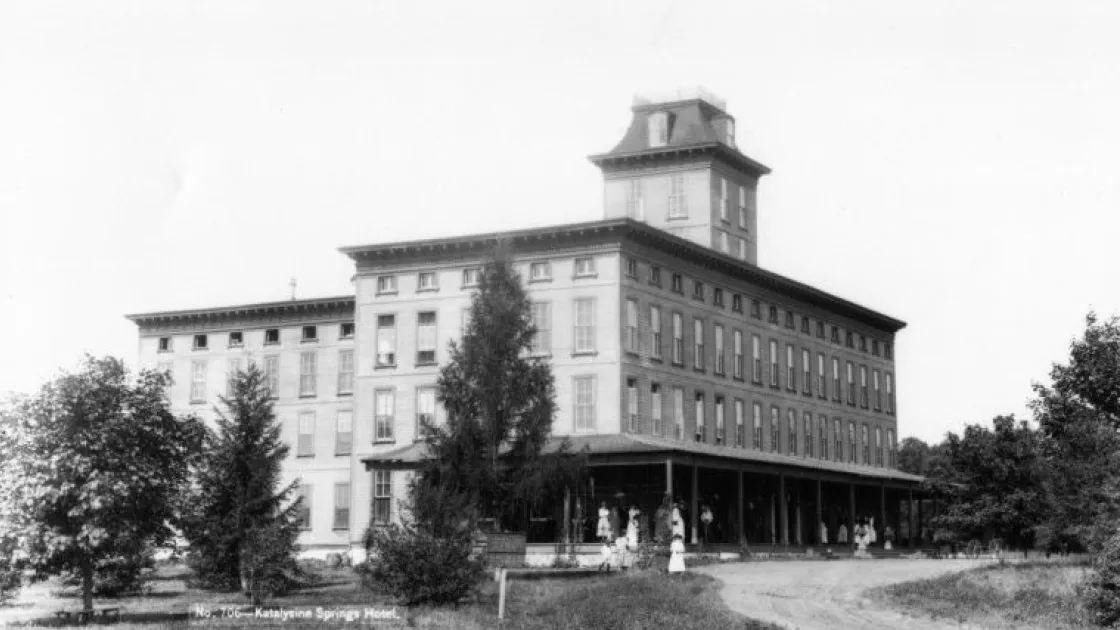
The veterans were not prophets. The areas north and west of town were mostly open fields, and it was believed that those areas would always be used for farming purposes. A statement in the annual report of the War Department in 1904 reflected this attitude:
Think about it: simply by acquiring the property along Herr’s Ridge on either side of the Chambersburg Pike, the War Department would have been able to place Confederate brigade plaques and artillery markers, as it did for rest of the Gettysburg Battlefield. Because this property was not protected early on, much of the ground between Herr Ridge and Willoughby’s Run has since been developed, a situation which preservationists now and in the future must continue to address and rectify.
It was during the early years of the National Park Services’ administration of the battlefield that the problems created by this nonacquisition of ground began to emerge. As the town grew and expanded, development spilled out into Cumberland Township and onto the surrounding battlefield. During the 1940s, a development was established in the fields of the Forney Farm along the Mummasburg Road, directly in front of the Eternal Light Peace Memorial. Several houses were built before construction was halted. It would be years before the last of those houses was purchased and removed by preservationists. During the 1960s, another development threatened the fields between the line of the federal XI Corps and Oak Hill. Again, that effort was eventually halted and the ground preserved — this time through the efforts of local activists. But there is still one house remaining from this development along the Mummasburg Road, near Howard Avenue. During the 1970s, local authorities entertained plans of building a new high school along Howard Avenue near Barlow’s Knoll, and they did build the Adams County Prison (since removed) on the property. There were also commercial attractions established on the first day’s field cratering to the tourist industry. The Peace Light Inn and the Shields Museum (long since removed) are two of these businesses that come to mind.
Beyond the lack of preservation efforts by the Union veterans and the War Department, there are additional factors that have caused problems in protecting the integrity of the first day’s field. The second and third days’ battle was largely fought on hills, ridges and in the open field south of town. The preservation of these sites was largely a matter of purchasing undeveloped land from the individual owners of the properties. The first day’s fight, likewise, took place in fields beyond town, but also encompassed the Lutheran Theological Seminary, Pennsylvania College (now Gettysburg College), the Adams County Almshouse and the borough of Gettysburg itself. These public and privately owned entities had no intentions of dissolving or turning over their holdings to preservationists. On the contrary, these institutions have continued to grow and expand. Without question, their expansion threatens the ground on which the battle was fought. Confidence in these institutions to make careful decisions concerning preservation matters was shaken to the core in the early 1990s. Gettysburg College and the National Park Service entered into the controversial exchange of lands that led to the destruction of the Seminary Ridge Railroad Cut and the development and expansion of the college playing fields.
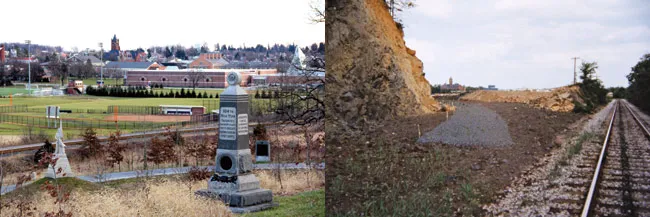
One of the problems encountered by preservationists on the first day’s field is the lack of a comprehensive plan. Should we just write off the properties that are already developed? If not, which grounds should we attempt to reclaim? Or should we focus our attention on the ground not yet developed? What steps can be taken to encourage those in positions of local authority to be more sensitive of the conflict between preservation and development? And what should be done to better preserve the town? There was fighting in the streets, and Gettysburg’s buildings were used to shelter sharpshooters and wounded. From an outsider’s perspective, it would seem in the best interest of everyone (especially those in the tourism industry), to maintain the town’s historical integrity. But development interests are powerful and their pockets are deep. Beyond that, historic preservation is not a strong campaign platform for those hoping to be successful in local politics. In recent years, local leaders have embraced their community’s role in the battle, taking the lead in placing wayside exhibits and encourage tours. But this was not always the case; in the mid-1970s the Adams County courthouse expanded and several civil war building were removed, two of them adorned with Civil War building plaques that had been placed just a few years earlier.
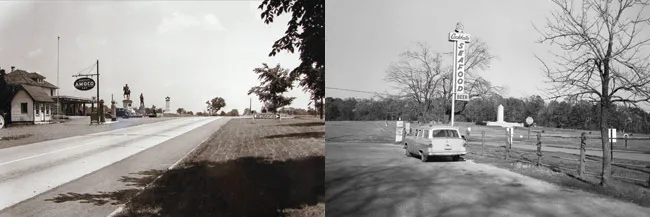
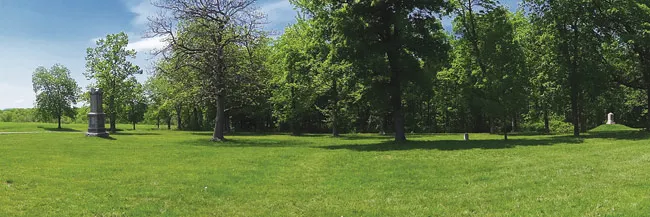
So it would appear that the continued preservation of the first day’s field will undoubtedly fall upon the shoulders of organizations such as the Civil War Trust. Working with the National Park Service, local political and business leaders; stating our goals clearly and educating the public as to the benefits of Civil War battlefield preservation are paramount in these future efforts.
We're on the verge of a moment that will define the future of battlefield preservation. With your help, we can save over 1,000 acres of critical Civil...
Related Battles
23,049
28,063
